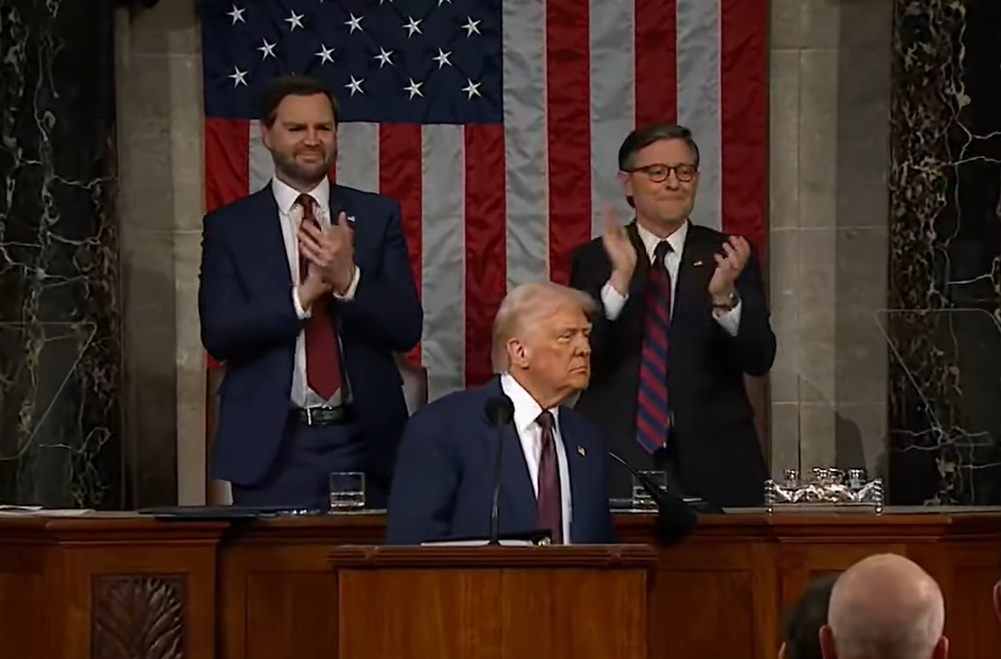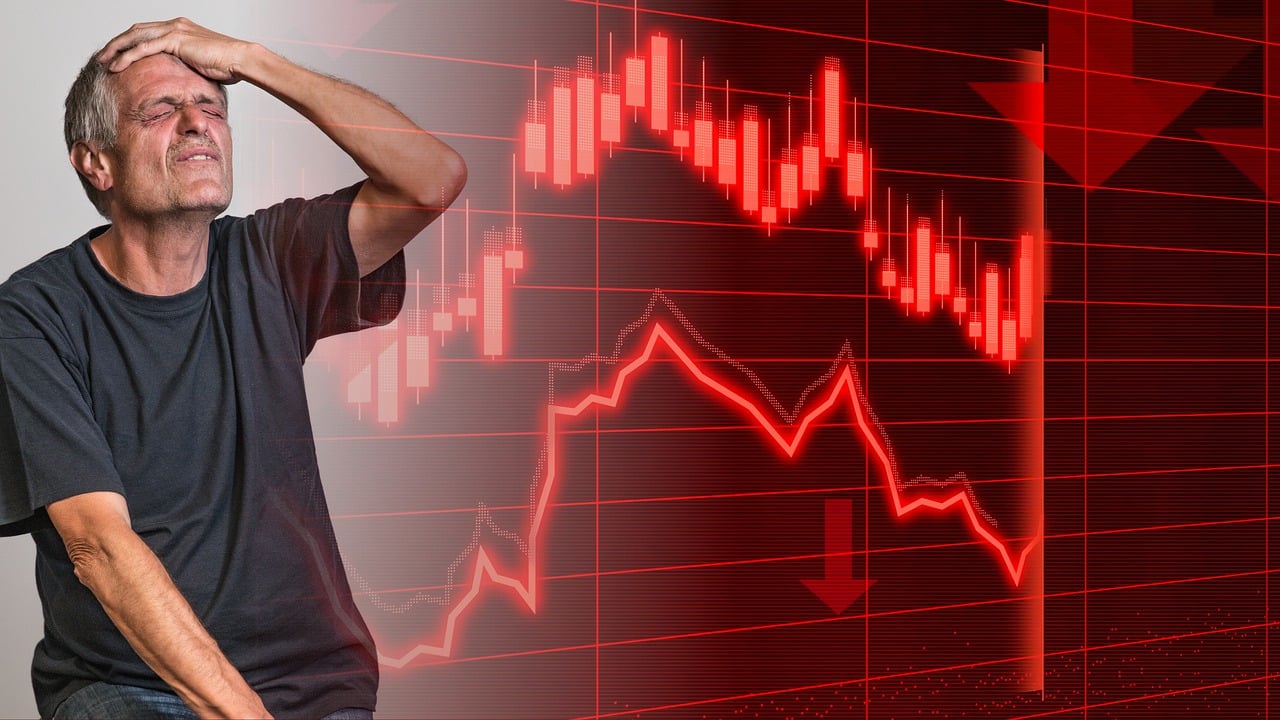On February 28, 2025, Ukrainian President Volodymyr Zelenskyy walked out of the White House after an Oval Office meeting with U.S. President Donald Trump ended in heated disagreement. The high-stakes gathering was expected to conclude with the signing of a minerals deal between the two nations. Instead, it resulted in an abrupt diplomatic collapse, exposing deeper tensions between Kyiv and Washington.
The meeting originally centered on a strategic agreement granting the United States access to Ukraine’s vast reserves of rare earth minerals. These materials are essential for advanced manufacturing, defense technologies, and renewable energy sectors. However, discussions quickly unraveled as the conversation shifted toward broader geopolitical tensions involving Russia.
Vice President J.D. Vance opened the dialogue by emphasizing that diplomacy, rather than continued military confrontation, was Ukraine’s best path forward. Zelenskyy firmly pushed back, highlighting the history of Russian aggression and broken agreements, including the violation of ceasefires during previous U.S. administrations. President Trump then interrupted, claiming that Russia’s military advances against Ukraine had only escalated under other presidents, not during his time in office. Zelenskyy countered by referencing Russia’s breach of a 2019 ceasefire, which led to further escalation after Trump left office.
What started as a policy debate soon escalated into a tense exchange. When Zelenskyy raised concerns about ongoing Russian aggression, Trump accused him of refusing to make necessary concessions that could bring the war to an end. Trump went further, suggesting that Zelenskyy’s rigid stance risked triggering World War III.
The dispute grew more contentious when Trump and Vance criticized Zelenskyy for his perceived lack of gratitude toward American aid and support. Vance chastised the Ukrainian leader for airing grievances in front of U.S. media, labeling it disrespectful. Zelenskyy maintained that Ukraine’s sovereignty and survival justified his firm position and refusal to capitulate to Russian demands.
The confrontation reached a boiling point when Trump, visibly frustrated, canceled the planned signing ceremony for the minerals deal. He directed the Ukrainian delegation to leave the White House immediately. Zelenskyy and his team left without a public statement, but the Ukrainian president later confirmed that his government remained open to signing the minerals agreement if proper terms could be restored.
The minerals deal would have provided the United States access to critical resources vital for both military and technological development. However, Ukraine’s mineral wealth is entangled in broader challenges, including Russian territorial advances in mineral-rich regions and concerns about corruption within Ukraine’s domestic mining industry. Some experts questioned whether the deal’s economic benefits could materialize quickly enough to justify the political friction it caused.
The fallout extended far beyond the walls of the Oval Office. Senator Lindsey Graham, a long-time advocate for Ukraine, criticized Zelenskyy’s handling of the situation, calling for the Ukrainian leader to either resign or fundamentally alter his approach to diplomatic relations with the United States. Graham’s remarks underscored divisions within the U.S. political establishment about how to manage relations with Ukraine and the ongoing war with Russia.
The diplomatic blowup triggered immediate reactions from international observers. European leaders largely rallied behind Zelenskyy, praising his steadfastness in the face of Russian aggression. In contrast, Russian officials welcomed the breakdown, viewing it as evidence of Ukraine’s diminishing support from its key ally.
This incident highlights how deeply interconnected economic, military, and diplomatic interests have become in the ongoing Ukraine conflict. As the United States pursues secure access to critical minerals—partly to reduce reliance on China—the collapse of the deal with Ukraine leaves Washington searching for alternative sources.
The breakdown of the minerals agreement and the public clash between Trump and Zelenskyy reflects broader instability in the triangular relationship between the U.S., Ukraine, and Russia. With war continuing in Eastern Europe, American domestic political divisions over Ukraine policy are complicating efforts to maintain a united front. As Zelenskyy navigates pressure from all sides, the future of U.S.-Ukraine cooperation appears increasingly uncertain.
The failed White House summit may become a defining moment in the evolving relationship between Washington and Kyiv, as both nations balance immediate strategic needs with long-term geopolitical calculations. For now, the minerals deal remains unsigned, and the diplomatic rift between Ukraine and its most powerful ally continues to grow.





